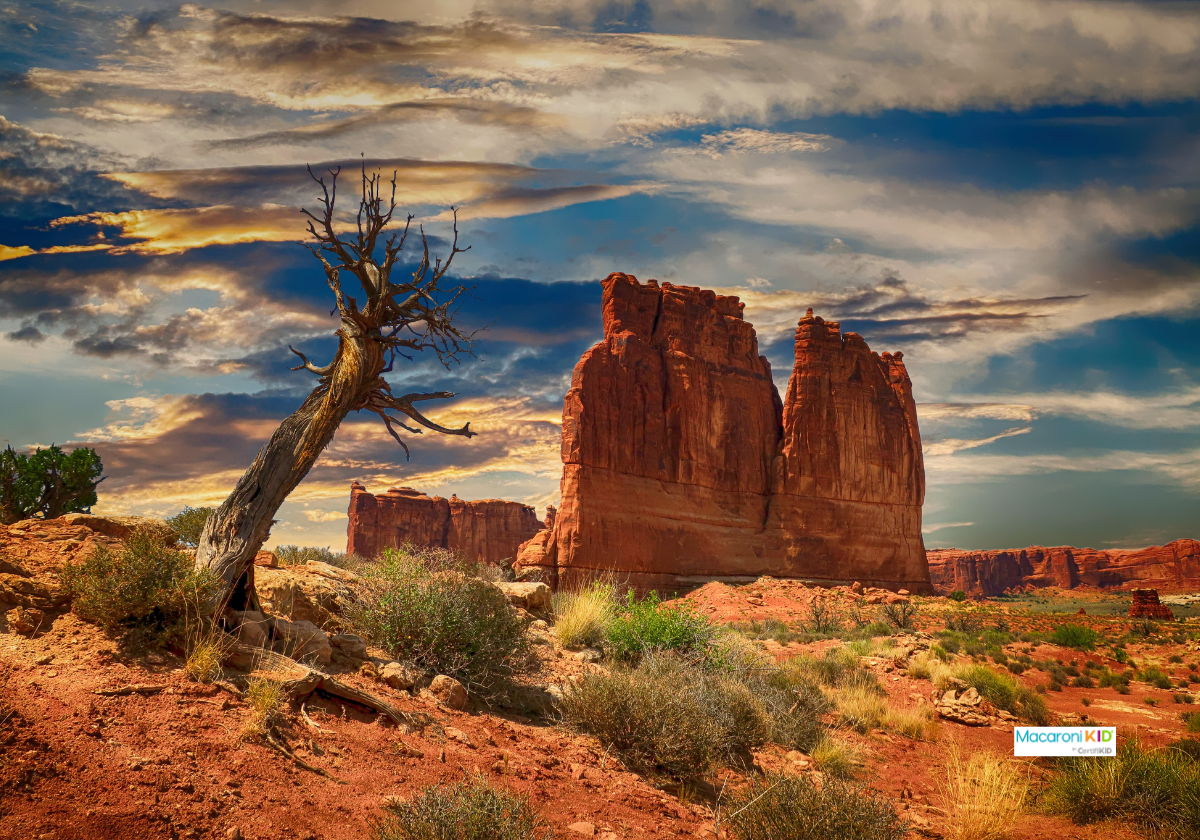Each of our national parks is a national treasure, and can be a great experience for families of all ages. National parks offer a unique way to connect with nature and learn about our country.
There are 63 national parks and more than 400 total locations under the National Park Service umbrella. One excellent time to plan a visit to one of these spaces? A fee-free day. There are typically five, but this year the National Park Service has added Juneteenth, which means there are six free days in 2024. On these fee-free days, around 100 national parks and park sites that usually charge entrance fees waive them. These fees usually range from $5 to $35.
The 2024 fee-free days at national parks are:
Jan. 15:
Martin Luther King Jr. Day
April 20:
First Day of National Park Week
June 19:
Juneteenth
Aug. 4:
Great American Outdoors Day
Sept. 28:
National Public Lands Day
Nov. 11:
Veterans Day
The fee waiver for the fee-free days applies only to National Park Service entrance fees and does not cover amenity or user fees for camping, boat launches, transportation, special tours, or other activities.
There are 6 National Park in Louisiana:
Cane River Creole - Natchez, LA
The Cane River region is home to a unique culture; the Creoles. Generations of the same families of workers, enslaved and tenant, and owners lived on these lands for over 200 years. The park tells their stories and preserves the cultural landscape of Oakland and Magnolia Plantations, two of the most intact Creole cotton plantations in the United States.
El Camino Real de los Tejas - From the Rio Grande to the Red River Valley
Explore a diverse array of histories contained within El Camino Real de los Tejas’ 150-year life, including the Spanish struggle to missionize American Indian nations, the growth of cattle ranching in the Mexican period, and the movement for Texan independence and statehood.
Jean Lafitte - New Orleans, LA
In Jean Lafitte's day, silver and gold filled a pirate's treasure chest, but today's treasures are people, places, and memories. Discover New Orleans’ rich cultural mix. Learn Cajun traditions from people who live them. Watch an alligator bask on a bayou’s bank. Walk in the footsteps of the men who fought at 1815’s Battle of New Orleans. Follow the link to discover the treasure of Jean Lafitte.
New Orleans Jazz - New Orleans, LA
Only in New Orleans could there be a National Park for jazz! Drop by our visitor center at 419 Decatur Street to learn from a ranger talk, participate in a drum circle, enjoy a jazz concert, or inquire about musical events around town. There's no better place than New Orleans for a world class musical experience!
Poverty Point World Heritage Site - Epps, LA (CLICK NOW to learn more about their new Virtual Reality App)
Now a nearly forgotten culture, Poverty Point at its peak 3,000 years ago was part of an enormous trading network that stretched for hundreds of miles across the continent. It was - and is - also an engineering marvel, the product of five million hours of labor. Explore the culture of a highly sophisticated people who left behind one of North America’s most important archeological sites.
Vicksburg National Military Park - Mississippi and Louisiana
To Confederate President Jefferson Davis, Vicksburg was the "nailhead that holds the South's two halves together." President Abraham Lincoln remarked "Vicksburg is the key" to victory, and could be the north's lifeline into the south. As the federals closed in on the Fortress City, they were met by a ring of forts with over 170 cannon. The resulting battle would determine the war's outcome.
 The Digital Artist | Canva The Digital Artist | Canva |
Practical tips for visiting national parks with kids
1. Plan ahead
Check the weather before you go, as national parks can have varying elevations and climates. Understanding the typical weather during your visit can help you pack appropriately. You can find weather updates on the National Park Service website. Additionally, explore the website for general information, maps, and details on facilities like restrooms and parking. Starting your day at a visitor center can be helpful; many have informative exhibits and movies that can enhance your park experience.
2. Gather information on-site
Talk to a ranger at the visitor center. They can provide maps and answer your questions. Always have a paper map with you, as GPS and cell service may be unreliable in some areas. Look into the Junior Ranger program, which is available at every national park. It offers booklets with fun activities for kids and can keep them engaged and learning during the visit. Kids can turn in completed booklets to become official Junior Rangers, a fun way for kids to feel especially connected to a park!
 Kraynova | Pexels Everglades National Park |
3. Take a hike
Exploring a national park on foot is a great way to experience it fully. Most parks offer various trails, from short walks to day-long hikes. Trails are usually rated by difficulty, so you can choose one suitable for your family. As your kids grow, you can tackle longer hikes. Here's what to pack for a day in the park:
- Water: Stay hydrated and know the locations of refill stations.
- Snacks or a meal: Picnic areas are often available, so bring some food.
- Garbage bag: Pack out your trash; not all parks have ample garbage bins.
- Layers: Be ready for changing temperatures.
- Sun protection: Protect against sunburn.
- Good shoes: Wear supportive footwear.
- Bug spray: Be prepared for bugs.
- Gas: Ensure you have enough for remote areas with no cell service.
Visiting national parks is a fantastic way to appreciate our natural wonders. Take advantage of a fee-free day at a national park in 2024 and make some family memories!



